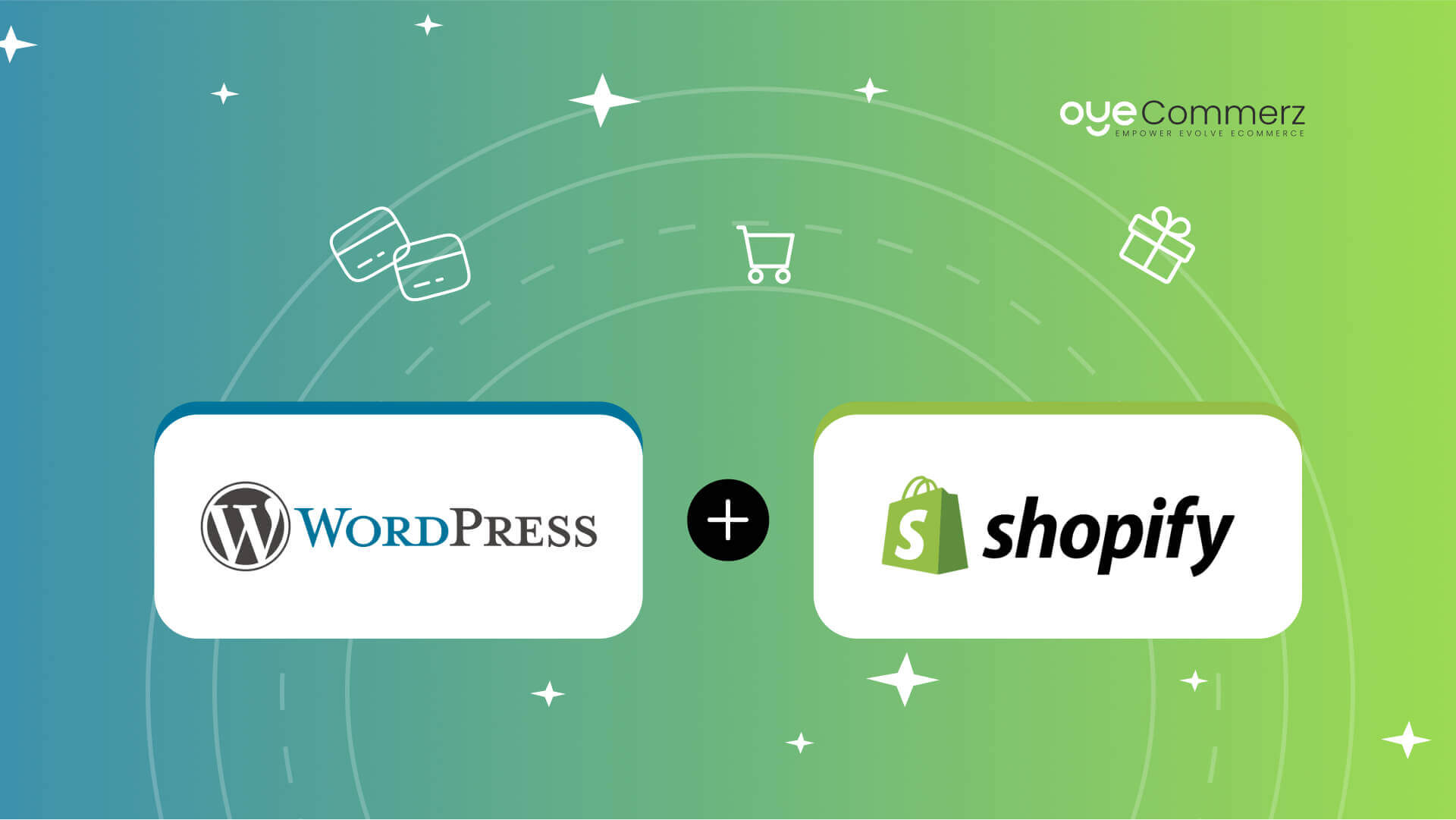The journey of an e-commerce business hinges on its ability to adapt, grow, and provide exceptional customer experiences.
If you’re planning to migrate from WordPress to Shopify, you’re likely aiming for superior performance, greater functionality, and a more future-proof platform.
Discover the critical steps, expert tips, and proven strategies for migrating to Shopify with minimal disruptions and maximum impact.
Introduction: Why Migrate from WordPress to Shopify?
While WordPress offers versatility, its reliance on multiple plugins often creates hurdles for scaling.
Built for e-commerce, Shopify delivers unmatched security, scalability, and tools tailored to retailers.
With over 4.5 million e-commerce websites using Shopify globally in 2024, it is a dominant force in the industry.
A move to Shopify enhances areas like payment solutions, order handling, and mobile-friendly design.
Let’s dive into the key steps to migrate seamlessly.
Step 1: Assess Your E-Commerce Needs
Start by reviewing your store’s current performance and identifying future needs.
Identify bottlenecks such as sluggish performance or excessive reliance on third-party tools.
For example, Shopify offers integrated features like Shopify Payments and customizable themes, reducing third-party tool dependency.
Step 2: Develop a Detailed Migration Strategy
Migrating without a structured approach can lead to errors, data loss, or unexpected downtime.
To minimize risks, prioritize critical components such as customer records, product catalogs, and transaction data.
Shopify provides tools and third-party apps to simplify the migration process and safeguard important information.
Step 3: Tailor Your Shopify Experience
Shopify’s flexible themes allow you to reflect your brand identity seamlessly.
Choose from Shopify’s professionally designed themes or edit them to fit your needs.
Premium themes like “Impulse” and “Prestige” offer advanced features and mobile-friendly designs.
Shopify Plus offers tailored theme development for businesses seeking unique designs.
Oyecommerz specializes in crafting Shopify Plus themes that align with enterprise-level e-commerce needs.
Step 4: Migrate SEO Settings
Maintaining your SEO settings is crucial to keeping your website visible in search results.
Shopify tools enable redirection of old URLs to new ones, safeguarding existing traffic.
Use Shopify’s built-in SEO tools to manage metadata and connect analytics platforms.
Studies show that overlooking SEO during migration often leads to a drop in site traffic.
Step 5: Integrate Essential Shopify Apps
The Shopify App Store provides a wide range of applications to improve your store’s capabilities.
Apps like Klaviyo for email marketing and Yotpo for customer reviews can transform your customer engagement strategy.
For more complex requirements, Shopify API integration allows seamless connection with third-party tools.
Let Oyecommerz connect third-party solutions to your Shopify store for smoother operations.
Step 6: Focus on Mobile Optimization
In 2024, mobile devices account for nearly 60% of online transactions, making optimization essential.
Shopify’s responsive themes ensure your store looks great and functions smoothly on mobile.
Shopify’s payment options, like Shop Pay, offer a quick and frictionless checkout experience.
Focus on streamlined navigation and speed to maximize mobile sales potential.
Step 7: Prepare Your Team for Shopify
Training your team to navigate Shopify ensures they maximize its features effectively.
Familiarize your employees with Shopify’s dashboard, product management, and reporting functions.
An informed team will help you leverage Shopify to its full potential, streamlining operations.
Step 8: Verify Store Readiness Pre-Launch
Run thorough checks on your Shopify store to address potential problems before it goes live.
Check for broken links, missing redirects, and accurate product details.
Validate payment gateway functionality and test the checkout process on multiple devices.
Testing ensures your store is customer-ready, leaving no room for errors on launch day.
Step 9: Promote Your Migration Strategically
Turn your platform switch into a marketing event to attract attention and retain customers.
Send personalized emails and post updates on social media to announce your improved store.
Emphasize improved speed, security, and shopping experience to encourage repeat visits.
Conclusion: Shopify – The Key to E-Commerce Growth
Transitioning to Shopify represents an opportunity to reimagine your e-commerce strategy.
From scalability to intuitive Shopify SEO tools for migration tools, Shopify equips your store to thrive in competitive markets.
From Shopify store enhancements small businesses to large enterprises, Shopify provides tailored solutions for all e-commerce needs.
Rely on Oyecommerz for expert guidance throughout your Shopify migration journey.
Our Shopify migration services help unlock your store’s full potential while ensuring a hassle-free experience.
Ready to elevate your e-commerce strategy with Shopify? Let’s discuss your journey to success.
